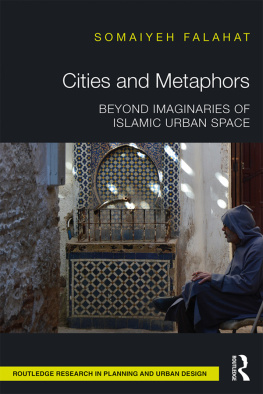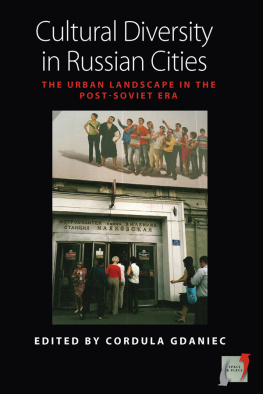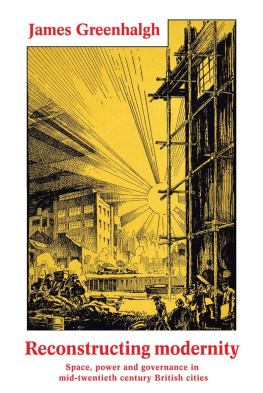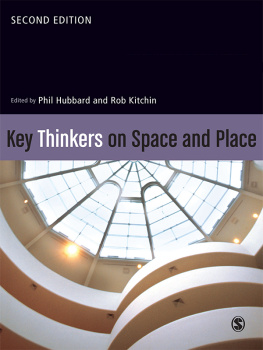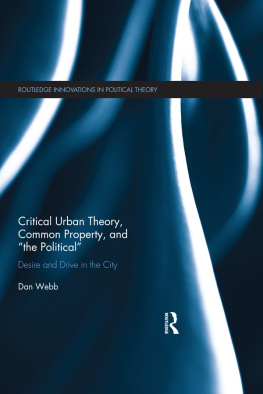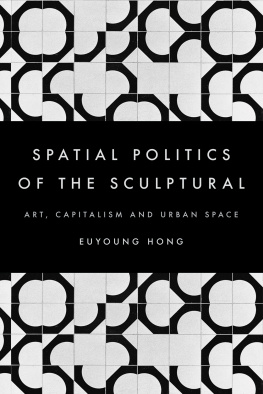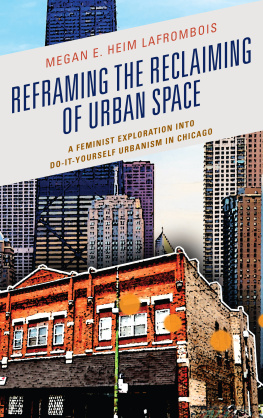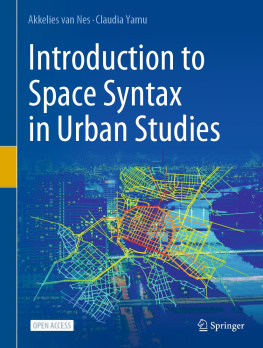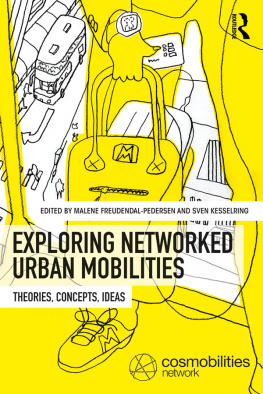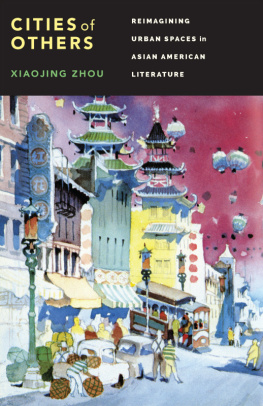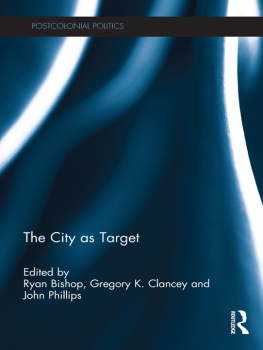First published 2018
by Routledge
2 Park Square, Milton Park, Abingdon, Oxon OX14 4RN
and by Routledge
711 Third Avenue, New York, NY 10017
Routledge is an imprint of the Taylor & Francis Group, an informa business
2018 Somaiyeh Falahat
The right of Somaiyeh Falahat to be identified as author of this work has been asserted by him in accordance with sections 77 and 78 of the Copyright, Designs and Patents Act 1988.
All rights reserved. No part of this book may be reprinted or reproduced or utilised in any form or by any electronic, mechanical, or other means, now known or hereafter invented, including photocopying and recording, or in any information storage or retrieval system, without permission in writing from the publishers.
Trademark notice: Product or corporate names may be trademarks or registered trademarks, and are used only for identification and explanation without intent to infringe.
British Library Cataloguing-in-Publication Data
A catalogue record for this book is available from the British Library
Library of Congress Cataloging-in-Publication Data
Names: Falahat, Somaiyeh, author.
Title: Cities and metaphors : beyond imaginaries of Islamic urban
space / Somaiyeh Falahat.
Description: Abingdon, Oxon ; New York, NY : Routledge,
2018. | Series: Routledge research in planning and urban design |
Includes bibliographical references and index.
Identifiers: LCCN 2017054397 | ISBN 9780415728225 (hardback) |
ISBN 9781315851754 (ebook)
Subjects: LCSH: Islamic cities and towns. | Public spacesIslamic
countries. | ArchitectureIslamic countries. | UrbanizationIslamic
countries. | City planningIslamic countries.
Classification: LCC HT147.5 .F35 2018 | DDC 307.76dc23
LC record available at https://lccn.loc.gov/2017054397
ISBN: 978-0-415-72822-5 (hbk)
ISBN: 978-1-315-85175-4 (ebk)
Typeset in Sabon
by Apex CoVantage, LLC

In this book, Somaiyeh Falahat engages in a deep analysis of space in Fez, Tunis and Isfahan. Using the Persian concept of Hezar-to, she shows us how the relationship between spaces and in-between spaces constitutes a unique nature that reveals and conceals reflecting continuity and separation simultaneously. The work provides a significant contribution to the study of abstract space in the Islamic City.
Nezar AlSayyad , University of California, Berkeley, USA
This book is an invitation to take a fresh look at the historic Islamic cities, change our perspective and think about them in a new way. It explores the cities of Fez, Isfahan and Tunis from a phenomenological perspective to capture and describe the experiential and sensual aspects of the urban space, and to become sensitive to their interiority, ambiguity and liminality.
Ali Madanipour , Newcastle University, UK
The importance of this book lies in its authors carefully substantiated argument that the sensually perceived, spatial characteristics of premodern Islamic urbanism have been neglected in scholarship; an oversight she attributes to an excessive reliance on cartographic methods for the comprehension of urban space and an inadequate conceptualisation of this space. Avoiding the first error by proceeding phenomenologically, and the second by unpicking and simultaneously developing, from an emic perspective, the etic concept of the labyrinth, Somaiyeh Falahat opens up new ways of knowing historic Islamic cities.
Simon OMeara , University of London, UK
clam-i-misl the Imaginal Realm
Baladyih an urban institution that aimed at regulating urban space and urban life in Iranian cities
Btn inner side
Bunbast culs-de-sac (Persian)
cIrfn Sufi ideas
cUqba passages which have a high degree of slope and might have steps (Moroccan)
cUrf social norm
Dirb, kchih terms for a cul-de-sac or alley or the community associated with such a pathway. For details on dirb see
Farrn oven
Haml-mahml literally means carrying and carried or supporting and supported and refers to the situation where an upper room is built on top of part of a dwelling below it, which belongs to a different person
Hnt small local grocery
Hasht an intermediary space between the inside and outside of a house
Iyvn loggia
Jmc main mosque
Khbn routes that were long and to a certain extent straight (Persian)
Kchihbgh alleys flanked by gardens (Persian)
Milk-mushtarak literally means shared property and refers to situations in which part of a building is property shared among different owners
Muqarnas a decorative system of honeycomb or vaulted corners
Nahj passage (Tunisian)
Nazm regularity and order and is manifested in regular, geometric patterns (Arabic and Persian)
Nazmyih the embryo institution that later became the police in Iran
Nizm a kind of logic, a character, attitude or linking element (Arabic and Persian)
Qiysaryya specialty market (Fez), royal bazaar (Isfahan)
Sbt arched roof
Sha open area in a passage
Saq wall fountain
Snf craft union
Tlac thoroughfare (Moroccan)
Tarqa or the Way the esoteric dimension which contrasts with the exoteric dimension of Islam that concerns the sharia or the Divine Law.
Zhr outer side
Zanqa, zuqq passage (Moroccan)
Zwya literally means corner and is a spiritual place for Sufi orders. For details see .
Routledge Research in Planning and Urban Design
Routledge Research in Planning and Urban Design is a series of academic monographs for scholars working in these disciplines and the overlaps among them. Building on Routledges history of academic rigour and cutting-edge research, the series contributes to the rapidly expanding literature in all areas of planning and urban design.
Unplugging the City
The Urban Phenomenon and Its Sociotechnical Controversies
Fbio Duarte and Rodrigo Firmino
Planning for Greying Cities
Age-friendly City Planning and Design Research and Practice
Tzu-yuan Stessa Chao
Heritage-led Urban Regeneration in China
Jing Xie, Tim Heath
Tokyo Roji
The Diversity and Versatility of Alleys in a City in Transition
Heide Imai
Cognition and the Built Environment
Ole Mystad
Public Space Unbound
Urban Emancipation and the Post-Political Condition
Sabine Knierbein and Tihomir Viderman
Cities and Metaphors
Beyond Imaginaries of Islamic Urban Space
Somaiyeh Falahat
www.routledge.com/Routledge-Research-in-Planning-and-Urban-Design/book-series/RRPUD
Contents
Guide
I am indebted to many who have inspired me throughout this work. I am immensely grateful to Nezar AlSayyad, Ali Madanipour, Eduard Heinrich Fhr and M. Reza Shirazi for the numerous talks we had about the idea of the book, and its methodology in particular, and cities and urban life in general. I sincerely thank Simon OMeara, Matthew Gandy, Riklef Rambow, Katharina Fleischmann, Achim Hahn, Inken Baller, Philipp Misselwitz, Amira Bennison, Ash Amin and Eckard Ehlers for their valuable insights during the course of work. For fieldwork assistance, on-site support and providing or preparation of documents, I am indebted to Chiraz Chatara, Sofien Dhif, Omar Gumrahe, Zakariae Moujazi, Yousef Fihri, Eya Mah-rough and Sanae Aljem. A major part of the translation in the section of historic evolution of Tunis was provided by Sofien Dhif. I thank Anton Escher for his generosity in making available the detailed maps of Fez al-Bl. The advice of Hasan Radione, Assia Lamza, Nora Lafi, David Amster, Maryam Ghasemi and Ahmad Montazer gave me an enormously helpful introduction to each of the case study cities and neighbourhoods. I am grateful to them for this, and to Kamal Raftani for patiently responding my questions about Fez. My special thanks also go to Alex Hollingsworth, previously at Routledge, who believed in the book, and Sade Lee, Aoife McGrath and Kerry Boettcher who supported me to its completion. I am also sincerely grateful to Ahoora Baranian, Mohsen Sadeghi, Marie-Louise Karttunen, Cody Valdes and Wael Itani for their valuable help at different stages of the work. My especial thanks also go to the Gerda Henkel Foundation, Berlin Institute of Technology (TU Berlin) and German Academic Exchange Service (DAAD) for their financial support which made the fieldwork possible. I am thankful to the Iran Cultural Heritage, Handcrafts and Tourism Organization, the branches in Isfahan and Tehran; Association de Sauvegarde de la Mdina de Tunis (ASM); LAgence pour le Dveloppement et la Rhabilitation de la ville de Fs (ADER-Fez); Naghsh-i Jahan Pars Consultation and Isfahan Organic Consultation for providing permission to use their archives and databanks.

